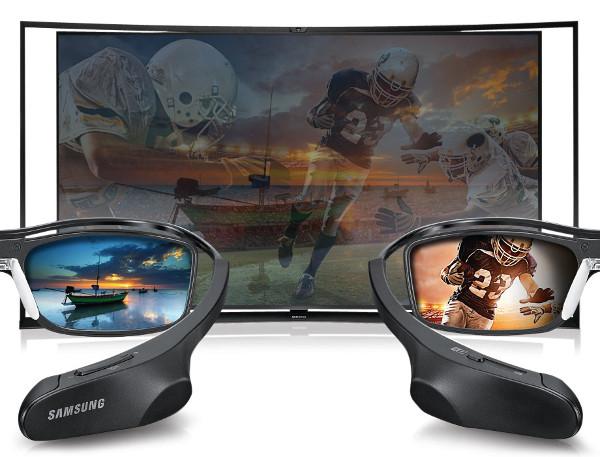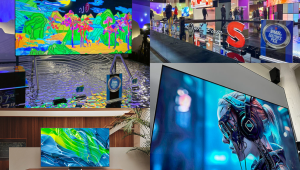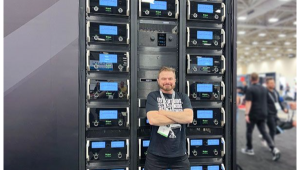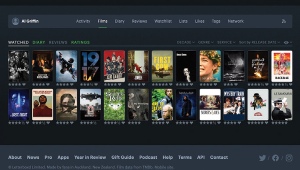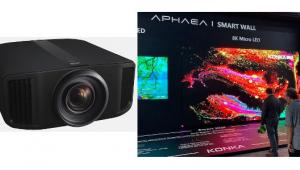Thanks for the recent OLED articles!!!
So in Plasma years it's about 2004 or 2005 and it'll be 3 or 4 years before I'd be able to get an OLED if OLED isn't displaced by something else by then.
The big question for me that I know no one can answer is...
Do I cross grade to a new Panasonic Plasma before they go the way of the Kuro?
